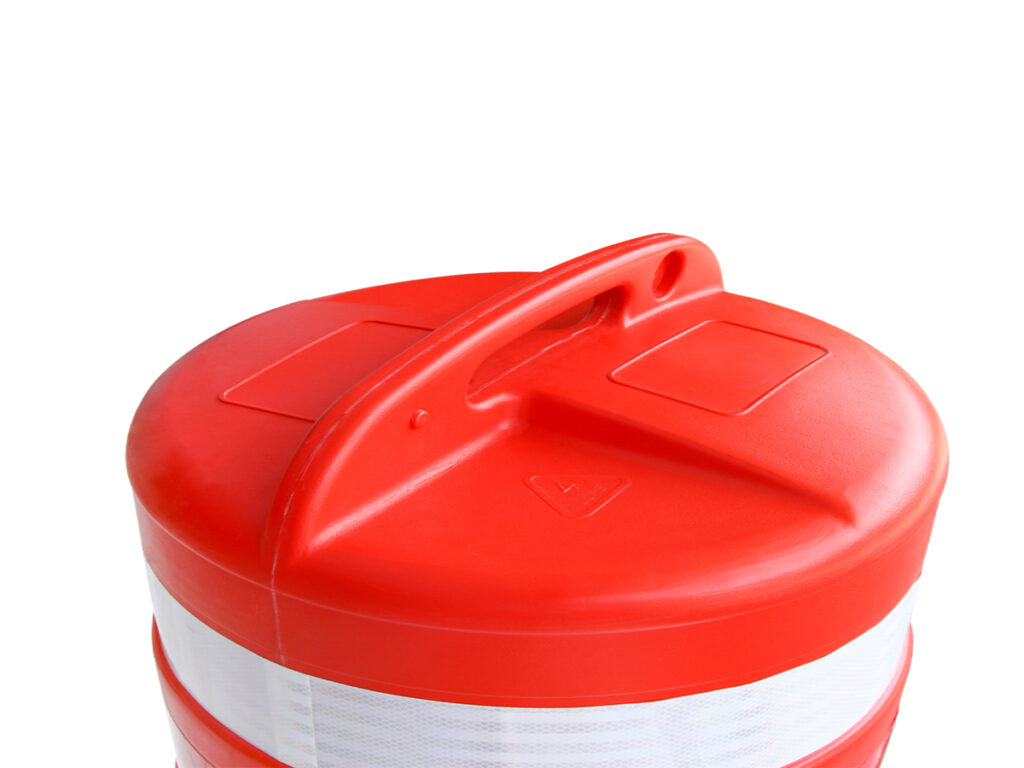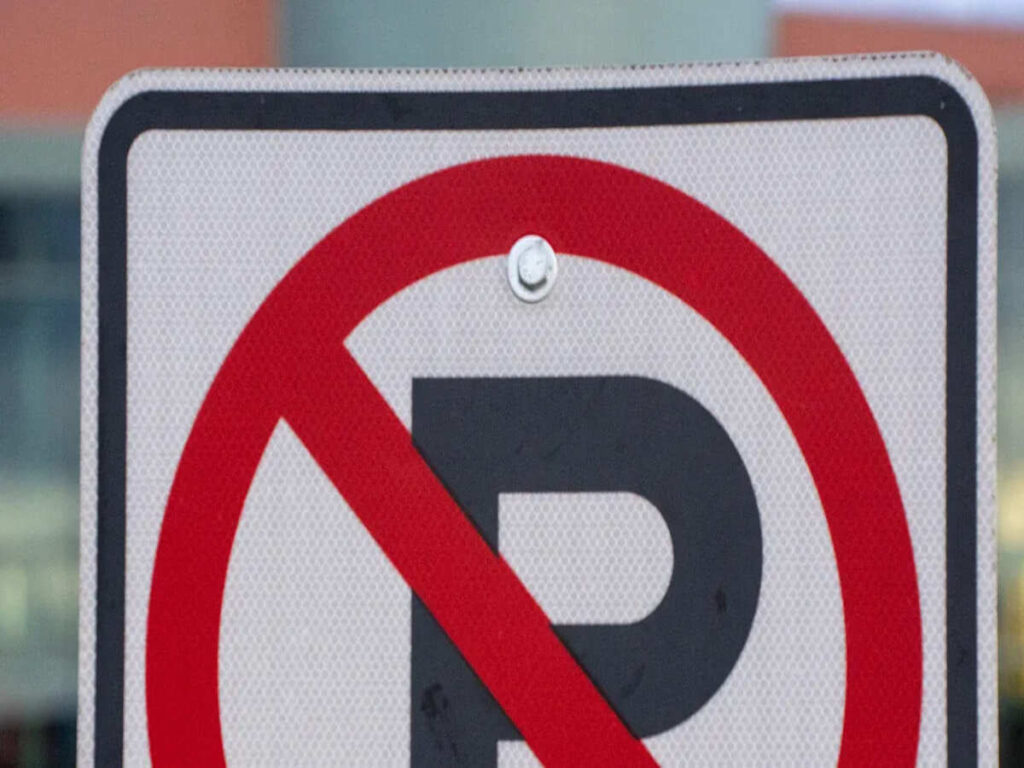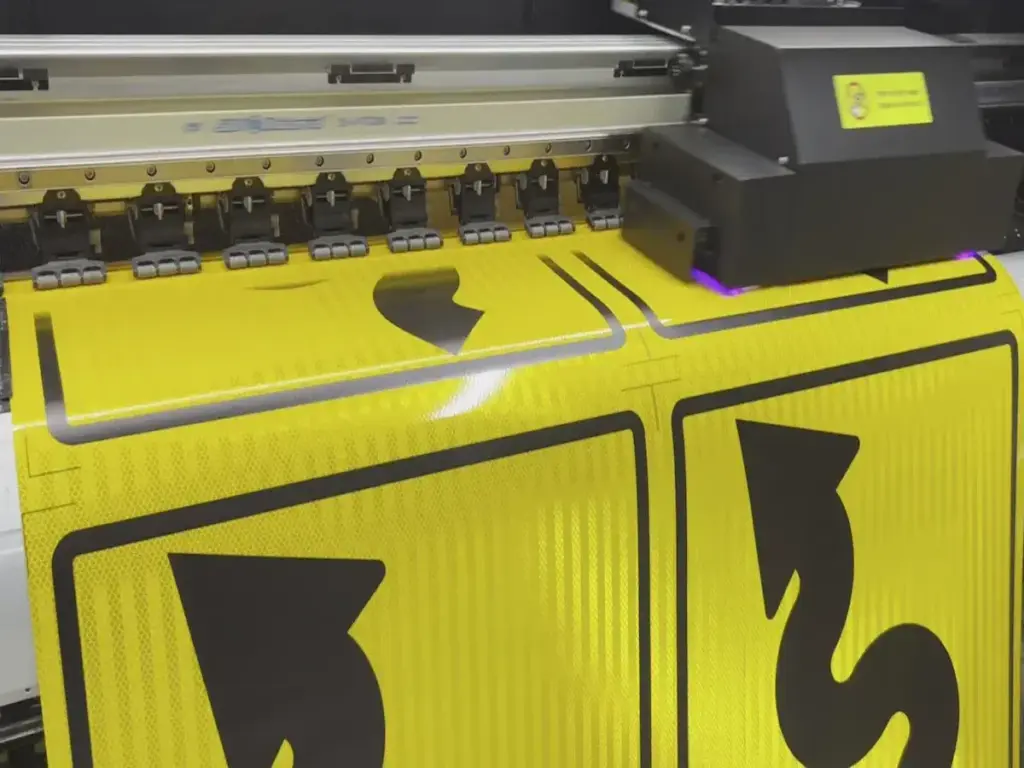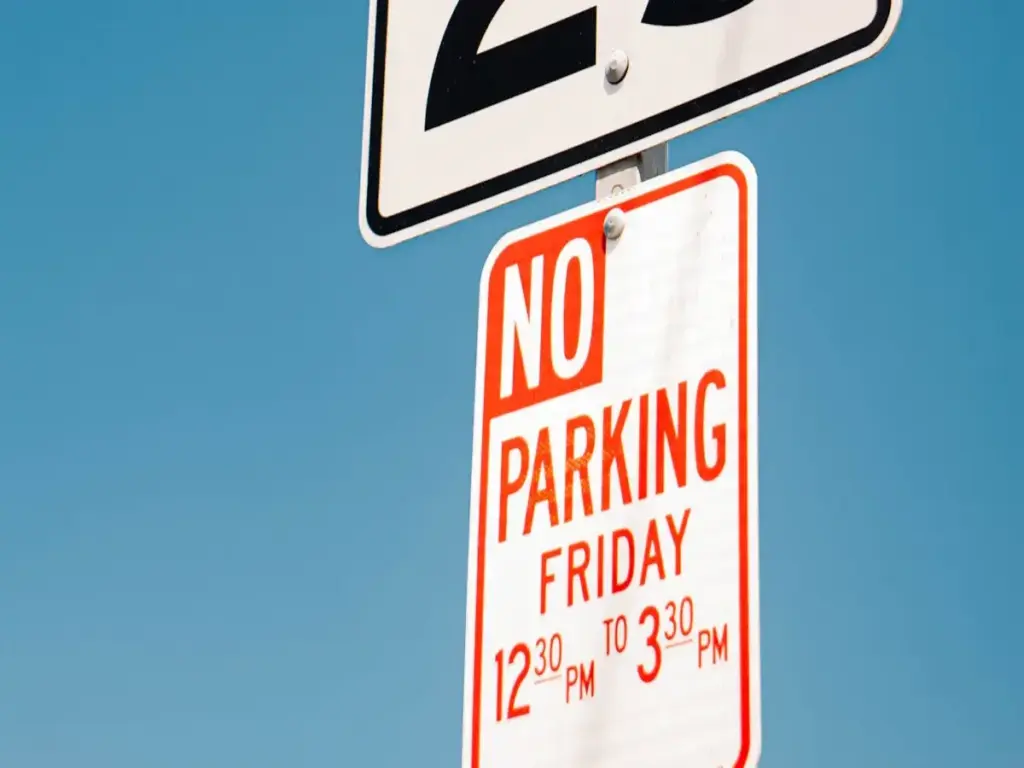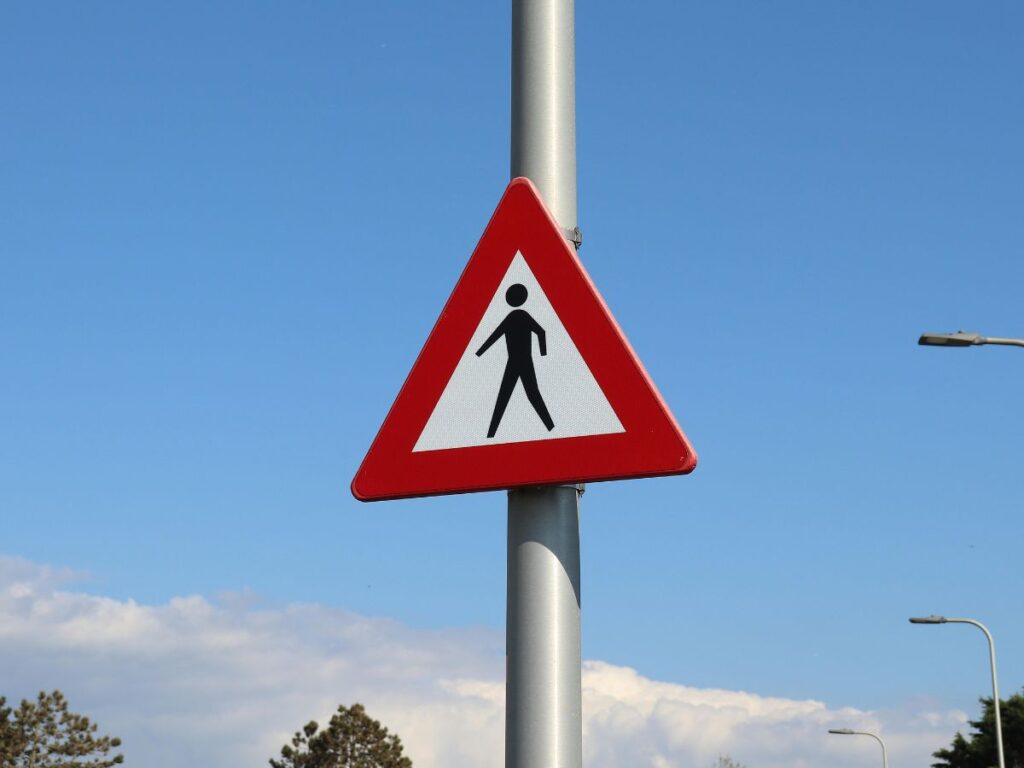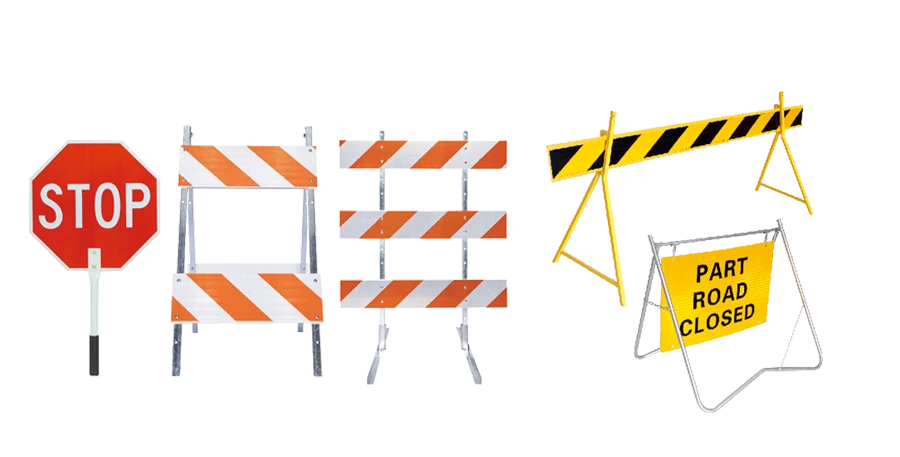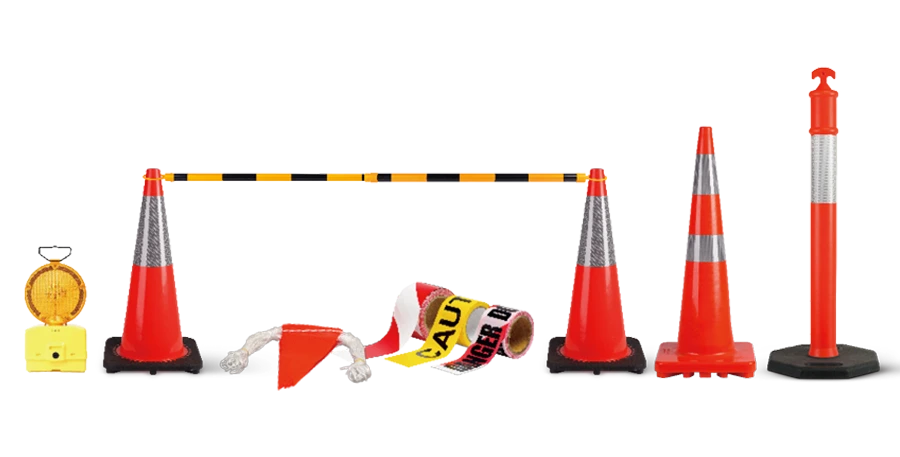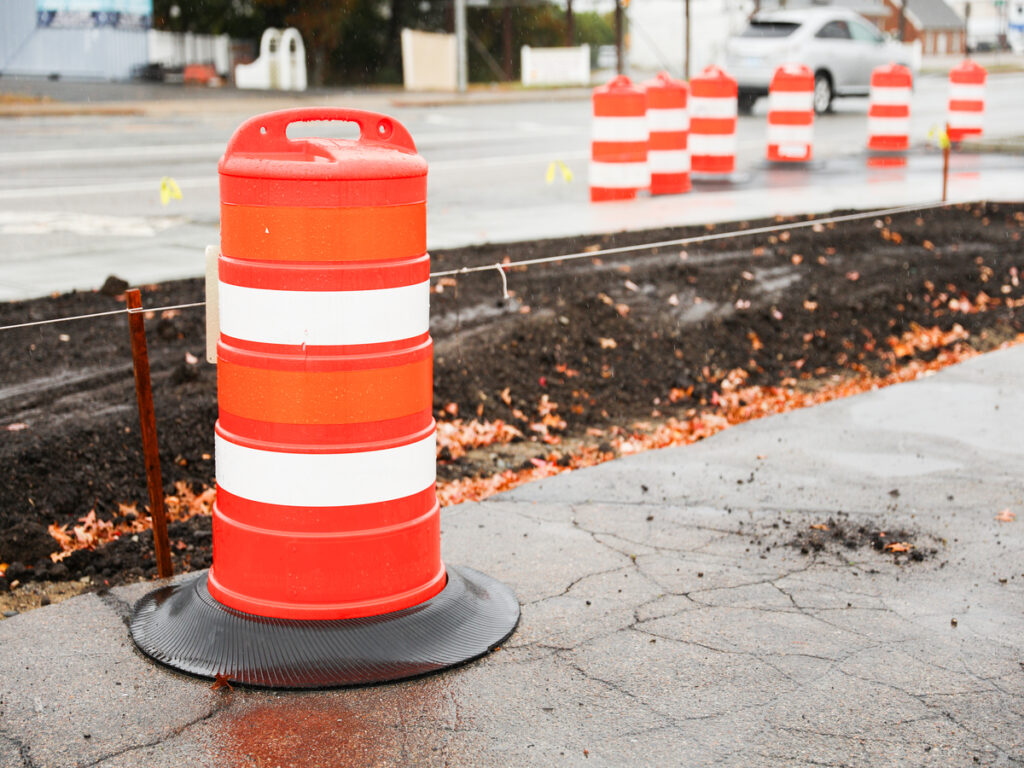
Have you ever noticed the small LDPE mark on traffic drums for sale? It’s more than just a symbol—it’s a sign of sustainability. LDPE, or Low-Density Polyethylene, is a recyclable material that helps reduce plastic waste. Did you know only 9% of plastic waste gets recycled globally? The rest often ends up in landfills or unmanaged. By choosing LDPE traffic drums for sale, you’re making an eco-friendly choice. These drums are not only durable but also easy to recycle, making them a smart option for both safety and the environment.
OPTRAFFIC are proud to offer high-quality traffic drums, designed for durability, ease of handling, and environmental sustainability. When you choose OPTsigns, you’re not only investing in top-tier safety equipment but also supporting a greener future.
What is LDPE and the Recycling Code #4?
The Recycling Triangle and Its Purpose
Have you ever wondered about the little triangle with arrows you see on plastic products? That’s the recycling symbol, and it plays a big role in waste management. It was created in the early 1970s by Gary Anderson, a student who designed it for a contest held by the Container Corporation of America. The symbol, first revealed on Earth Day in 1970, represents the recycling process with its three arrows forming a loop. Each arrow stands for a step: collecting recyclable materials, processing them into new products, and purchasing those products. This cycle promotes sustainability and helps protect the environment.
Properties of Low-Density Polyethylene (LDPE)
Low-density polyethylene, or LDPE, is a type of plastic known for its flexibility and durability. Its unique properties make it ideal for products like traffic drums. Here’s a quick look at what makes LDPE special:
| Property | Description |
|---|---|
| Low-density | Lightweight feel, making it easy to handle. |
| High impact resistance | Does not shatter easily, enhancing durability. |
| High chemical resistance | Resistant to many chemicals, including acids. |
| Low water absorption | Does not absorb water easily, maintaining integrity. |
These features make LDPE a recyclable material that’s both practical and eco-friendly.
Decoding the #4 Recycling Code for LDPE
The recycling codes, also called resin identification codes, help you identify the type of plastic used in a product. LDPE is marked with the #4 code inside the recycling triangle. This code tells you that the product is made from low-density polyethylene and can be recycled. Unlike PET or HDPE, LDPE has a branched molecular structure, making it softer and more flexible. This flexibility makes it perfect for lightweight and elastic applications, like traffic drums. By recognizing the #4 code, you can ensure LDPE products are properly recycled, reducing waste and supporting environmental responsibility.
Why Recycling Codes Matter for Traffic Drums
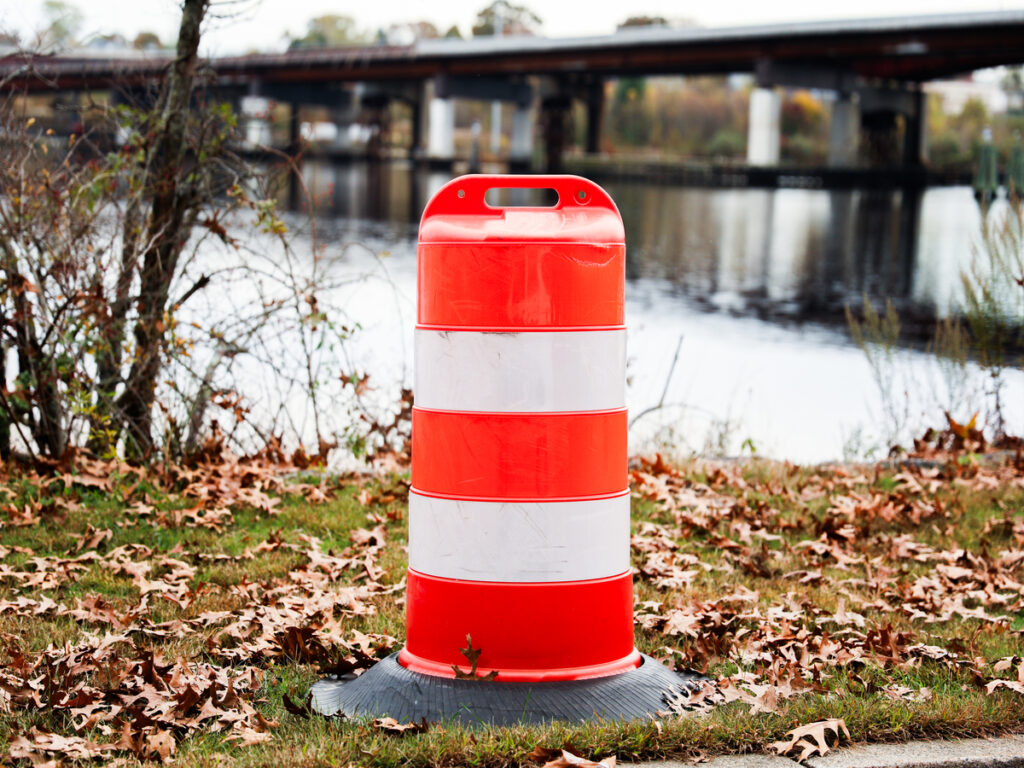
Environmental Responsibility and Sustainability
When you see recycling codes on traffic drums for sale, they’re more than just symbols—they represent a commitment to environmental responsibility. Recycling traffic drums for sale made from LDPE helps reduce the amount of plastic waste that ends up in landfills. These traffic drums are recyclable materials, meaning they can be processed and reused instead of contributing to pollution. By choosing LDPE traffic drums for sale, you’re not just ensuring safety on the roads—you’re also supporting sustainability. Recycling these products conserves resources and minimizes the environmental footprint of plastic waste. Every time you recycle, you’re taking a step toward a cleaner planet.
Tip: Look for the #4 code on traffic drums to confirm they’re made from LDPE and recyclable.
The Role of LDPE in Recycling Systems
LDPE plays a vital role in recycling systems, especially for industrial products like traffic drums. This material is known for its versatility and durability, making it a “green” plastic. Once recycled, LDPE can be transformed into everyday items like bags, bottles, and trays. Here’s how LDPE contributes to recycling systems:
- Reduces industrial waste.
- Conserves valuable resources.
- Protects the environment by lowering pollution.
- Creates jobs in the recycling industry.
LDPE’s flexibility also allows it to address challenges in recycling through innovative solutions. Its ability to be reused in various applications makes it a key player in sustainability efforts.
Promoting a Circular Economy with LDPE Traffic Drums
Recycling LDPE traffic drums is a great way to support the circular economy. This process promotes the use of post-consumer recycled materials, reducing the demand for virgin resources. By reusing waste, you’re helping to create a sustainable system where nothing goes to waste. Recycling LDPE also lowers carbon emissions and energy consumption during manufacturing, making it an eco-friendly choice. When you recycle traffic drums, you’re not just disposing of plastic—you’re giving it a second life and contributing to global recycling initiatives.
Recycling 101: Always check the resin identification codes on your plastic products to ensure they’re recyclable. For LDPE, look for the #4 code.
Benefits of Using LDPE in Traffic Drums
Durability and Flexibility of LDPE
When it comes to traffic drums, durability is key. LDPE, or low-density polyethylene, offers exceptional strength while remaining flexible. This combination makes it perfect for handling the wear and tear of daily use. You’ll notice that LDPE traffic drums can withstand impacts without cracking or breaking. Their flexibility allows them to bend slightly under pressure, which helps them last longer.
Unlike other plastics like PET or HDPE, LDPE’s unique structure gives it a softer, more elastic quality. This elasticity ensures that the drums maintain their shape even after repeated use.
Weather and Impact Resistance for Outdoor Use
Outdoor conditions can be harsh, but LDPE traffic drums for sale are up for the challenge. Rain, snow, or intense sunlight won’t damage them easily. LDPE’s low water absorption means it won’t swell or weaken when exposed to moisture. Its chemical resistance also protects it from environmental pollutants.
You’ll appreciate how these traffic drums hold up against impacts. Vehicles or equipment might bump into them, but LDPE’s impact resistance ensures they stay intact. This makes them a reliable choice for outdoor use, where durability is non-negotiable.
Lightweight and Cost-Effective Features of LDPE
Have you ever tried moving heavy traffic equipment? It’s no fun. LDPE traffic drums for sale solve this problem with their lightweight design. You can easily transport and position them without much effort. This feature not only saves time but also reduces labor costs.
LDPE is also cost-effective. Its recyclability means manufacturers can reuse materials, lowering production costs. Plus, when you recycle these drums, you’re contributing to a sustainable cycle. Recycling 101 teaches us that choosing recyclable products like LDPE traffic drums helps reduce waste and conserve resources.
Note: Always check the recycle numbers on traffic drums. Look for the #4 code to confirm they’re made from LDPE and recyclable.
How to Recycle LDPE Traffic Drums for Sale
The Recycling Process for LDPE Products
Recycling LDPE traffic drums for sale involves several steps that transform used plastic into new, usable materials. Here’s a breakdown of the process:
- Collection: First, LDPE products are gathered from drop-off points, such as grocery stores or industrial sites.
- Transportation: Trucks then transport the collected plastic to recycling facilities.
- Processing: At the facility, the plastic is inspected for quality.
- Separation: LDPE is separated from other plastics like PET and HDPE. It’s also sorted by color and labels.
- Shredding: The LDPE is shredded into small flakes.
- Cleaning: These flakes are thoroughly cleaned to remove contaminants.
- Melting and Pelletizing: The clean flakes are melted and turned into pellets.
- Distribution: Finally, the pellets are sent to manufacturers to create new products.
This process ensures that LDPE traffic drums remain part of a sustainable cycle, reducing waste and conserving resources.
Identifying and Disposing of LDPE Traffic Drums for Sale
You can easily identify LDPE traffic drums by looking for the #4 code inside the recycling triangle. This code confirms that the drum is made from recyclable low-density polyethylene. Once identified, you should dispose of these drums responsibly.
Start by checking with your local recycling center to see if they accept LDPE products. Many facilities have specific guidelines for industrial plastics like traffic drums. If your area lacks the infrastructure, consider partnering with a commercial recycling program. These programs specialize in handling large-scale recyclable materials, ensuring proper disposal and reprocessing.
Tip: Always clean your traffic drums before recycling. Removing dirt and debris helps streamline the recycling process.
Regional Recycling Practices for LDPE
Recycling practices for LDPE vary by region. Some areas have advanced facilities that accept industrial plastics, while others may only handle household items. It’s important to research your local recycling policies to understand what’s accepted.
In regions with limited infrastructure, businesses often face challenges like higher costs or fewer recycling options. However, many companies are stepping up by implementing their own recycling programs. These initiatives help bridge the gap and ensure that LDPE traffic drums don’t end up in landfills.
By staying informed about regional practices, you can make better decisions about how to recycle your traffic drums. Recycling 101 teaches us that every effort counts toward reducing plastic waste and promoting sustainability.
Real-World Examples of LDPE Traffic Drums for Sale
Companies Using LDPE Traffic Drums for Sustainability
Many companies are leading the way in sustainability by using LDPE traffic drums. These businesses understand the importance of reducing plastic waste and promoting recycling. For example, manufacturers of traffic safety equipment often choose LDPE because it’s durable, flexible, and easy to recycle. They ensure their products carry the #4 code, making it simple for you to identify and dispose of them responsibly.
Some companies even go a step further by creating programs to collect used traffic drums. They recycle these drums into new products, like construction barriers or storage containers. This approach not only reduces waste but also supports a circular economy. By choosing traffic drums for sale from these eco-conscious brands, you’re supporting their efforts to make traffic management more sustainable.
Did you know? Recycling LDPE traffic drums can save energy and reduce the demand for virgin plastic materials.
Eco-Friendly Practices in Traffic Management
Traffic management is evolving to include more eco-friendly practices. Using LDPE traffic drums is one of the simplest ways to make a difference.
Recycling plays a big role here too. When you recycle LDPE traffic drums, you’re helping to keep plastic out of landfills. Many regions now have specialized facilities that process LDPE products. These facilities turn old traffic drums into new items, reducing the environmental impact of traffic management.
Companies are also exploring innovative ways to reuse LDPE. Some are blending recycled LDPE with other materials to create stronger, more versatile products. Others are using the #4 code to educate customers about the importance of recycling. These efforts show how small changes can lead to big environmental benefits.
Tip: Always check for the #4 code on traffic drums to ensure they’re made from recyclable LDPE.
The LDPE mark and recycling code #4 on traffic drums aren’t just symbols—they’re your guide to making eco-friendly choices. These marks show that the traffic drums are made from recyclable materials, helping reduce plastic waste and protect the planet.
Here’s why LDPE traffic drums stand out:
- Durability: They handle tough conditions without breaking.
- Recyclability: You can give them a second life through recycling.
- Sustainability: They support a circular economy by reducing the need for new plastic.
Remember: Every time you choose and recycle LDPE-marked traffic drums, you’re contributing to a greener, cleaner future. Let’s make sustainability a priority! 🌍
For a broader overview of how safety drums function in traffic management and site safety, check out our main guide: “Safety Drums: A Comprehensive Guide to Their Role in Traffic Delineation and Road Safety“.
FAQ
What does the LDPE mark on traffic drums mean?
The LDPE mark shows that the traffic drum is made from low-density polyethylene, a recyclable plastic. You’ll find the #4 recycling code inside the triangle, which means the traffic drum can be processed and reused instead of ending up in a landfill.
Tip: Always check for the #4 code to confirm recyclability.
Can I recycle LDPE traffic drums at home?
No, LDPE traffic drums require specialized recycling facilities. You should contact your local recycling center or a commercial recycling program to dispose of them properly.
Why is LDPE better for traffic drums than other plastics?
LDPE is lightweight, durable, and flexible. It resists impacts, harsh weather, and chemicals, making it perfect for outdoor use. Plus, it’s recyclable, which helps reduce plastic waste and supports sustainability.
How do I clean LDPE traffic drums before recycling?
Use water and mild soap to remove dirt and debris. Avoid harsh chemicals that might damage the plastic. Cleaning ensures the recycling process runs smoothly and improves the quality of the recycled material.

